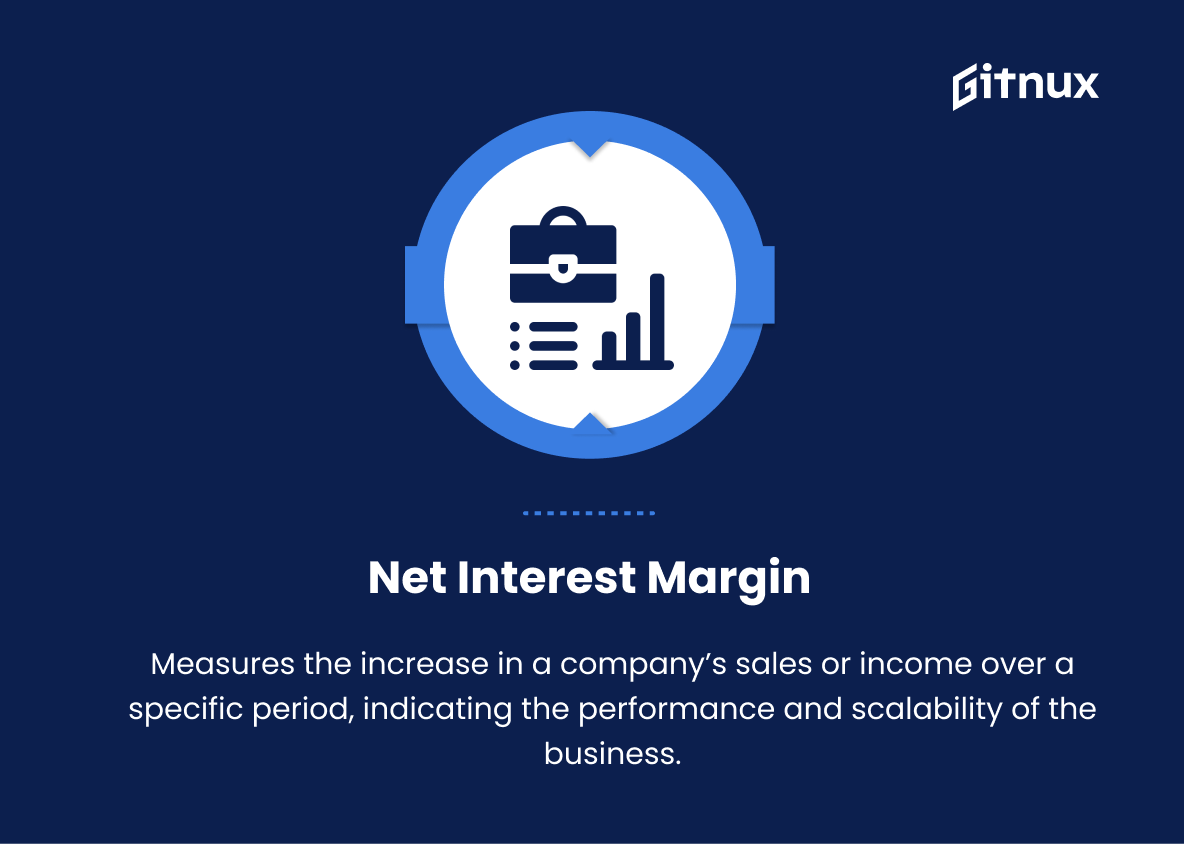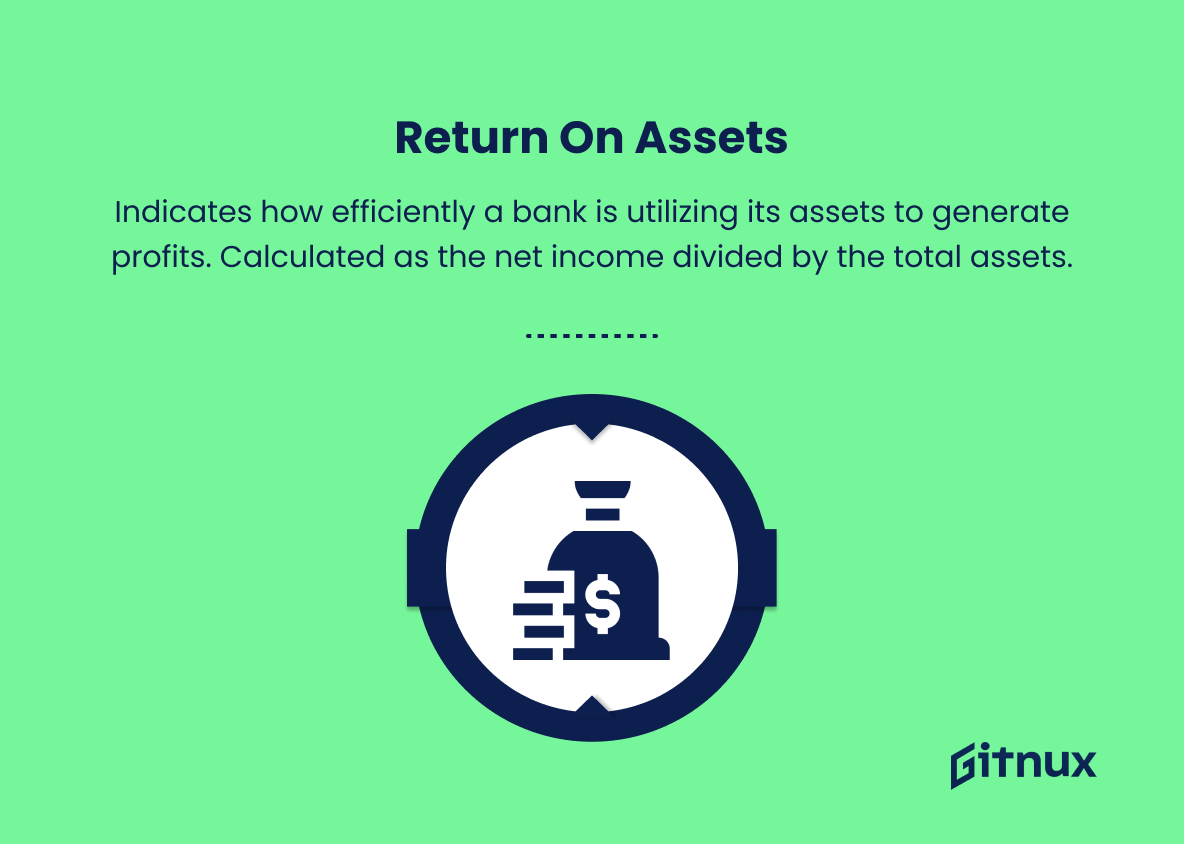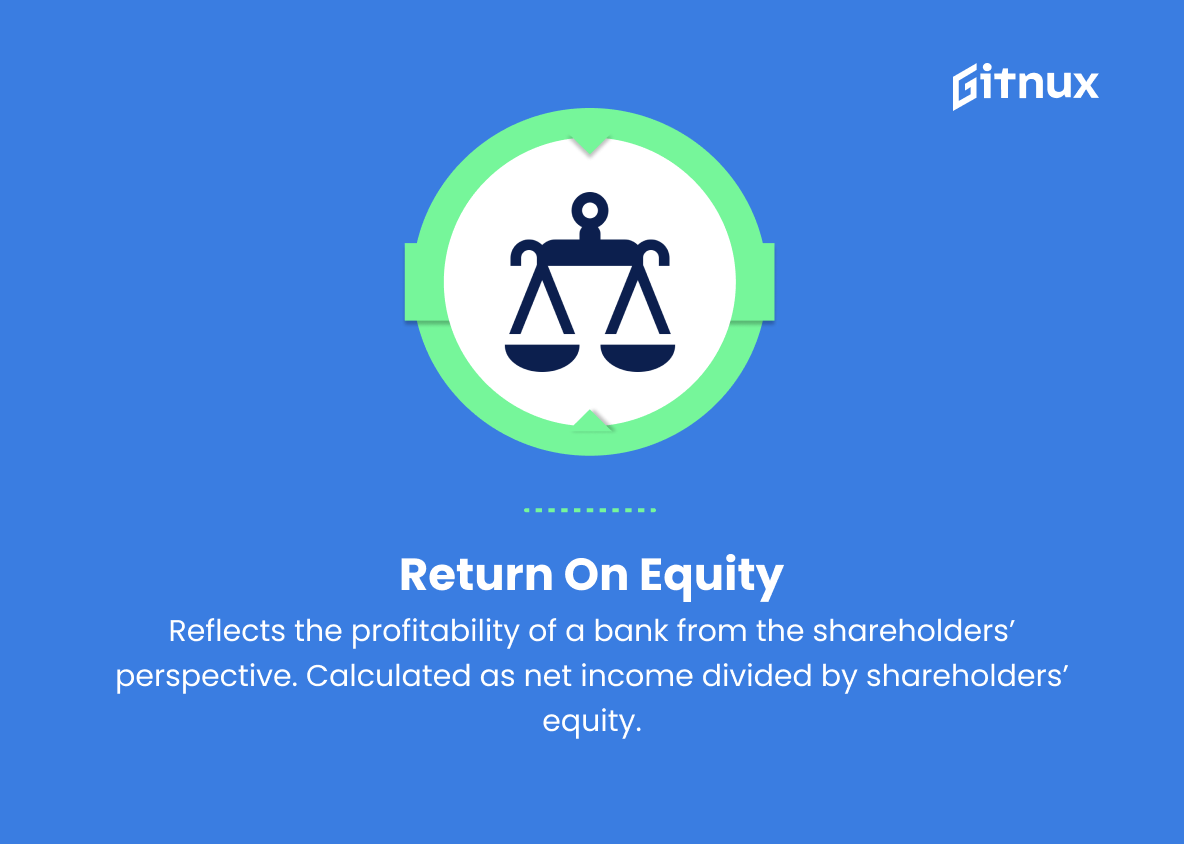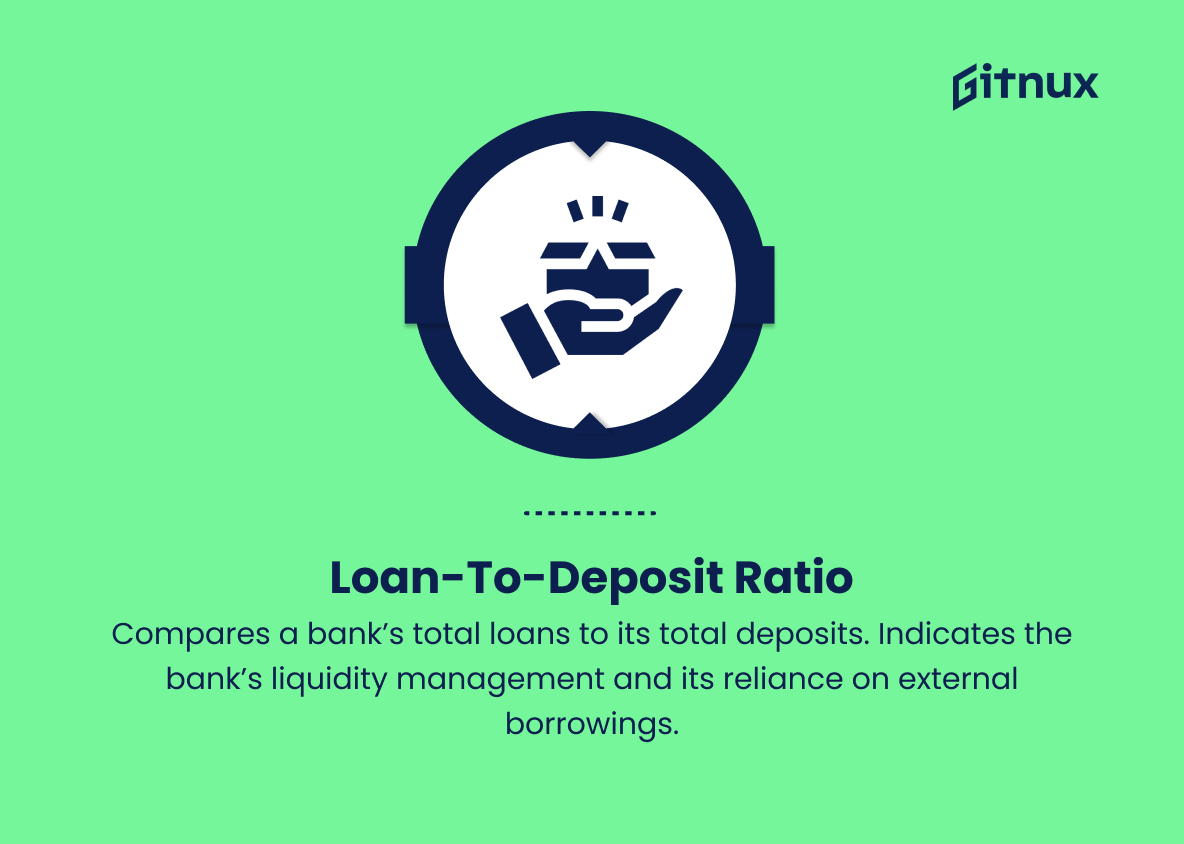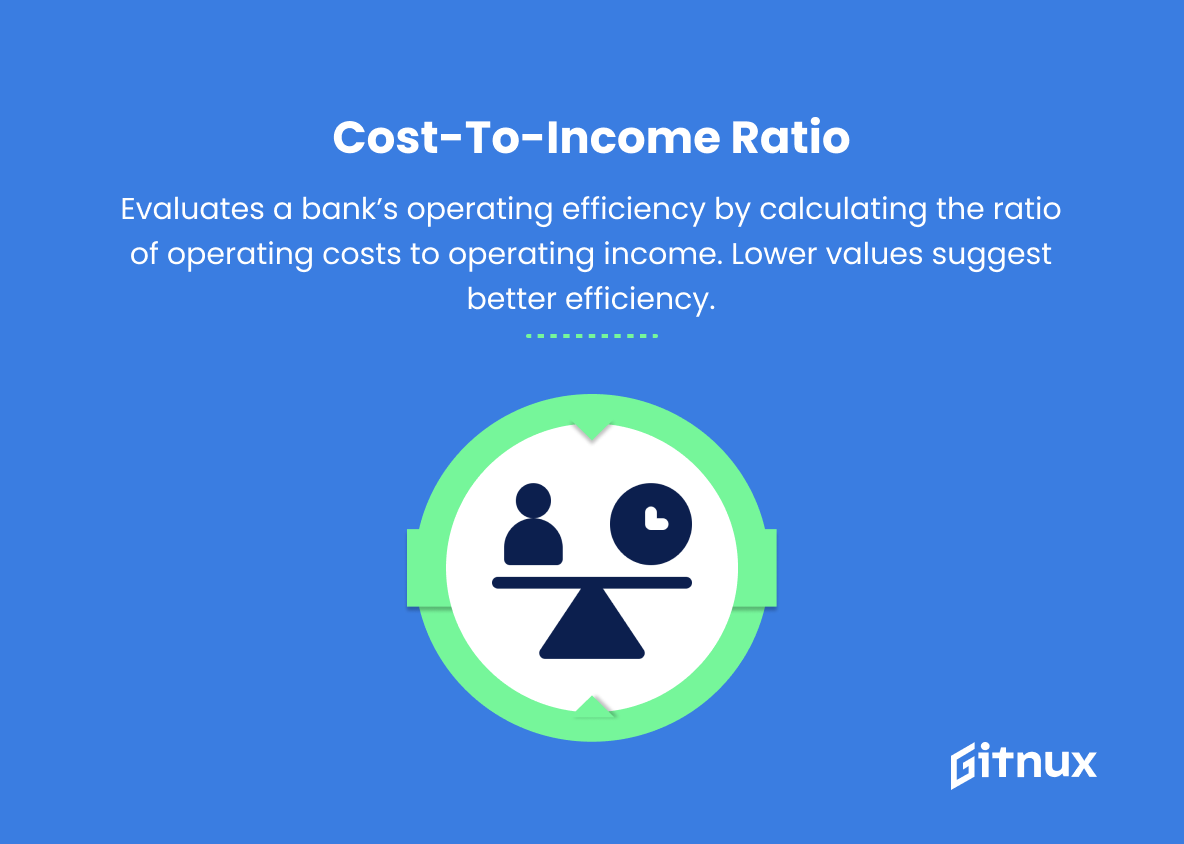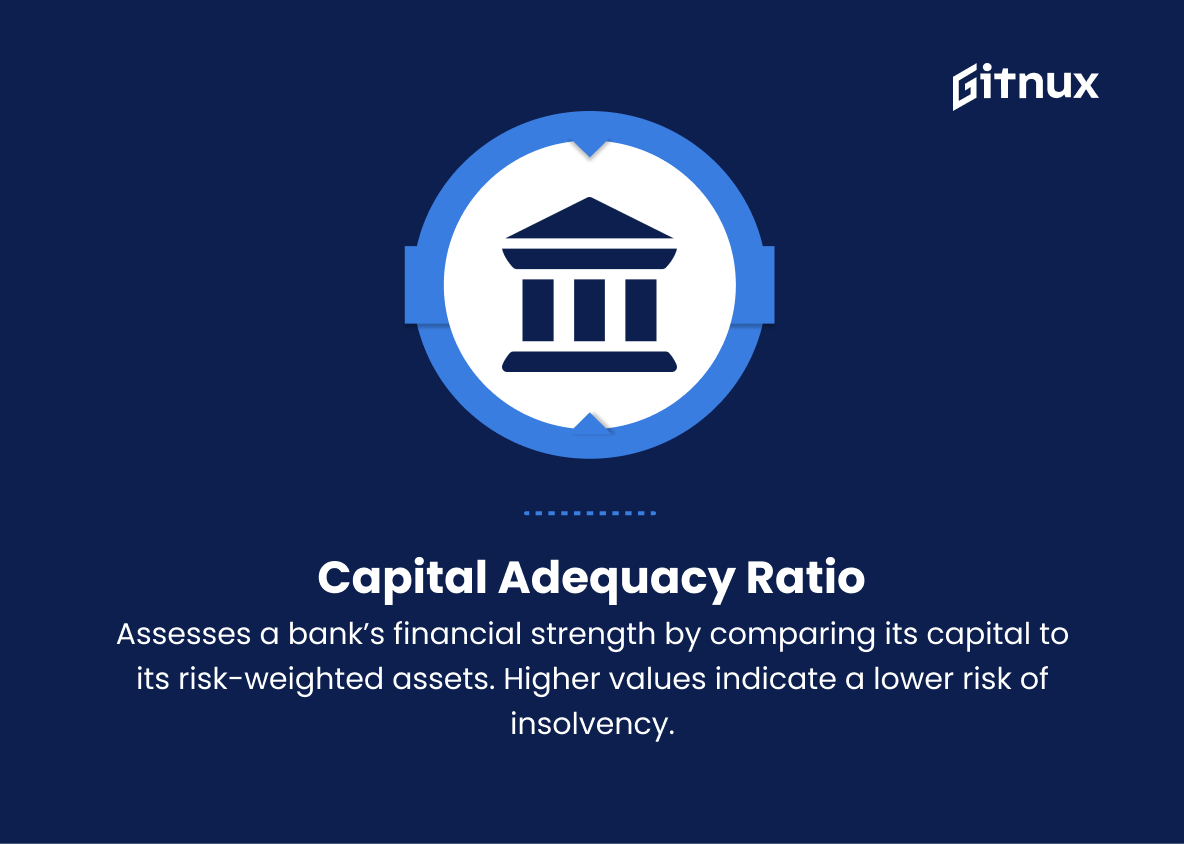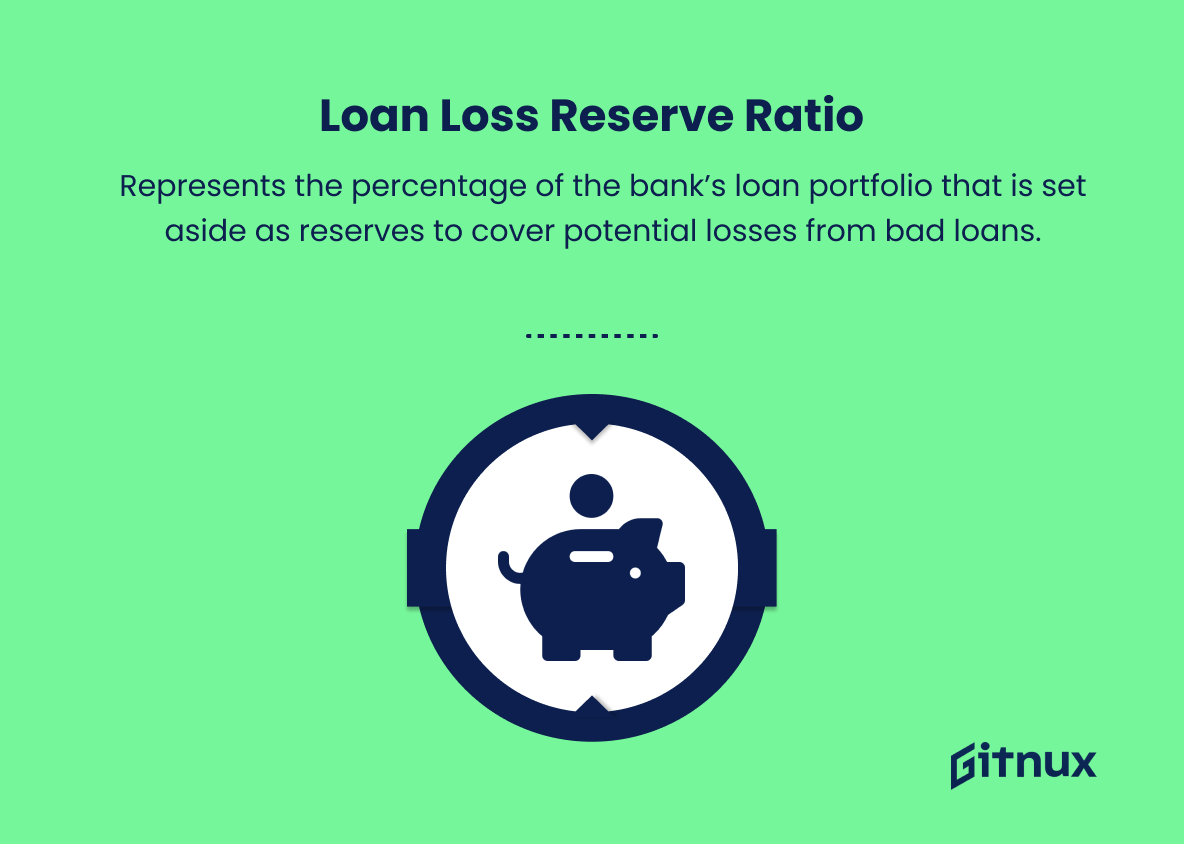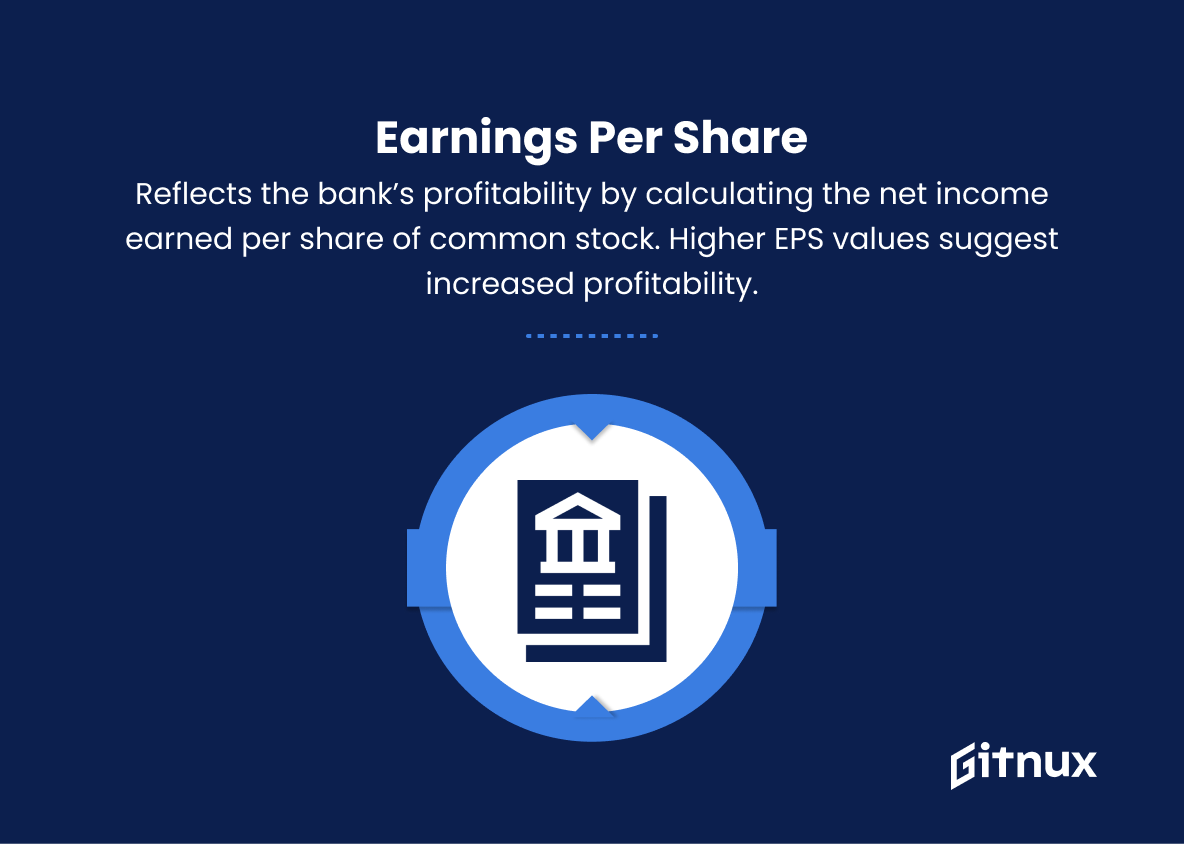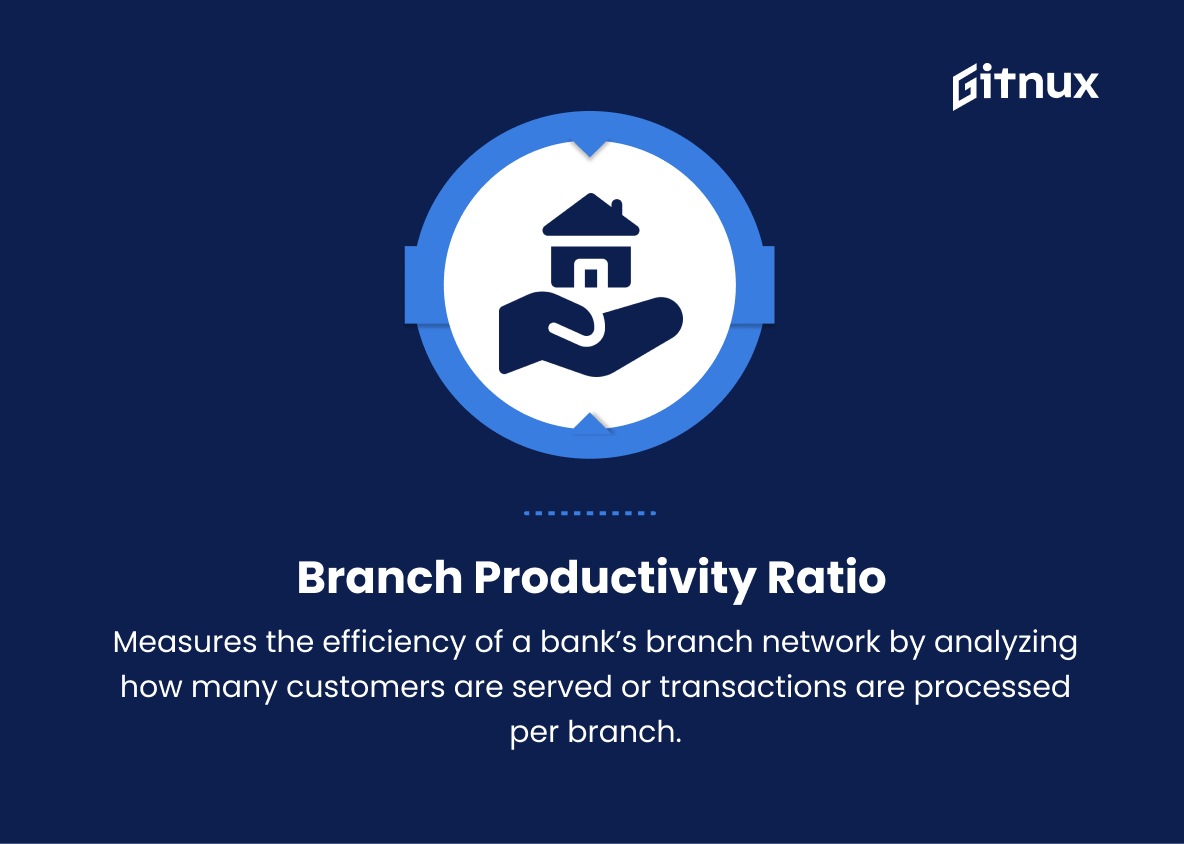In today’s highly competitive banking landscape, it has become imperative for financial institutions to continually measure and evaluate their performance, identify areas of improvement, and adopt strategies to stay ahead of the curve. Key Performance Indicators (KPIs) are essential tools that help banks gauge their success and make data-driven decisions that can drive better results.
In this in-depth blog post, we will delve into the world of Banking KPIs, elucidating their importance, the various metrics that need to be monitored, and best practices for effective evaluation and implementation. Join us as we uncover the power of KPIs to transform the banking industry, enhance customer experience, and propel financial institutions towards a path of growth and profitability.
Banking KPIs You Should Know
1. Net Interest Margin (NIM)
Measures the difference between the interest income generated from lending and the interest paid to depositors, divided by the bank’s average earning assets. It gauges the bank’s profitability and efficiency in managing its assets.
2. Return on Assets (ROA)
Indicates how efficiently a bank is utilizing its assets to generate profits. Calculated as the net income divided by the total assets.
3. Return on Equity (ROE)
Reflects the profitability of a bank from the shareholders’ perspective. Calculated as net income divided by shareholders’ equity.
In today’s highly competitive banking landscape, it has become imperative for financial institutions to continually measure and evaluate their performance, identify areas of improvement, and adopt strategies to stay ahead of the curve.4. Non-Performing Loan Ratio (NPL)
Measures the percentage of non-performing loans to the total loan portfolio. It indicates the credit risk and the quality of the bank’s loan portfolio.
5. Loan-To-Deposit Ratio (LDR)
Compares a bank’s total loans to its total deposits. Indicates the bank’s liquidity management and its reliance on external borrowings.
6. Cost-to-Income Ratio
Evaluates a bank’s operating efficiency by calculating the ratio of operating costs to operating income. Lower values suggest better efficiency.
7. Capital Adequacy Ratio (CAR)
Assesses a bank’s financial strength by comparing its capital to its risk-weighted assets. Higher values indicate a lower risk of insolvency.
Key Performance Indicators (KPIs) are essential tools that help banks gauge their success and make data-driven decisions that can drive better results.8. Loan Loss Reserve Ratio
Represents the percentage of the bank’s loan portfolio that is set aside as reserves to cover potential losses from bad loans. Higher ratios suggest a more conservative approach to managing credit risk.
9. Efficiency Ratio
Evaluates a bank’s non-interest expenses against its net operating revenue. Lower ratios indicate better efficiency and cost management.
10. Earnings per Share (EPS)
Reflects the bank’s profitability by calculating the net income earned per share of common stock. Higher EPS values suggest increased profitability.
11. Asset Turnover Ratio
Indicates how effectively a bank is using its assets to generate revenue. Calculated as net revenue divided by average total assets.
12. Gross Yield on Loans
Represents the return on the bank’s loan portfolio before considering any loan losses or provisions.
13. Branch Productivity Ratio
Measures the efficiency of a bank’s branch network by analyzing how many customers are served or transactions are processed per branch.
14. Operating Leverage Ratio
Assesses how well the bank uses fixed costs to generate revenue. The ratio is calculated by dividing the change in operating income by the change in operating costs.
15. Digital Engagement Ratio
Evaluates the extent to which a bank’s customers utilize digital channels, such as online and mobile banking, to perform transactions and access services.
Banking KPIs Explained
The mentioned banking KPIs are crucial for evaluating various aspects of a bank’s performance, profitability, and risk management. Net Interest Margin (NIM) is essential to assess the effectiveness of the lending process and interest rate management. Return on Assets (ROA) and Return on Equity (ROE) both provide insights into the efficiency and profitability from different perspectives, ensuring effective asset utilization and shareholder value creation.
Non-Performing Loan Ratio (NPL) and Loan Loss Reserve Ratio help gauge credit risk and the quality of the loan portfolio, which helps a bank to manage potential losses. Similarly, Loan-To-Deposit Ratio (LDR) assesses liquidity management, while the Cost-to-Income Ratio and Efficiency Ratio help identify areas for cost optimization and overall operational efficiency. Capital Adequacy Ratio (CAR) is essential to measure a bank’s financial strength and resilience against insolvency. Earnings per Share (EPS) reflects profitability, while the Asset Turnover Ratio and Gross Yield on Loans evaluate revenue generation effectiveness.
Branch Productivity Ratio and Operating Leverage Ratio analyze the efficiency of a bank’s branch network and fixed cost management, respectively. Lastly, the Digital Engagement Ratio determines the extent to which customers are utilizing digital channels, which aids in the development and adaptation of a bank’s digital strategy. Overall, these banking KPIs provide comprehensive insights into various factors that contribute to a bank’s success and long-term sustainability.
Conclusion
In conclusion, establishing substantial and measurable Banking KPIs is crucial for the continued growth and success of any financial institution. By monitoring key performance indicators, banks can identify areas of growth opportunity, streamline operations, reduce risk, and enhance customer satisfaction. Additionally, these metrics provide a reliable framework for strategic decision-making and long-term planning.
As the financial landscape continues to evolve and become more competitive, it’s essential for banks to stay ahead of the curve by consistently evaluating and adapting their KPIs, ensuring they stay aligned with both business objectives and regulatory requirements. In doing so, banks will be better equipped to navigate the challenges of the modern banking industry, drive positive change, and ultimately, achieve success.
